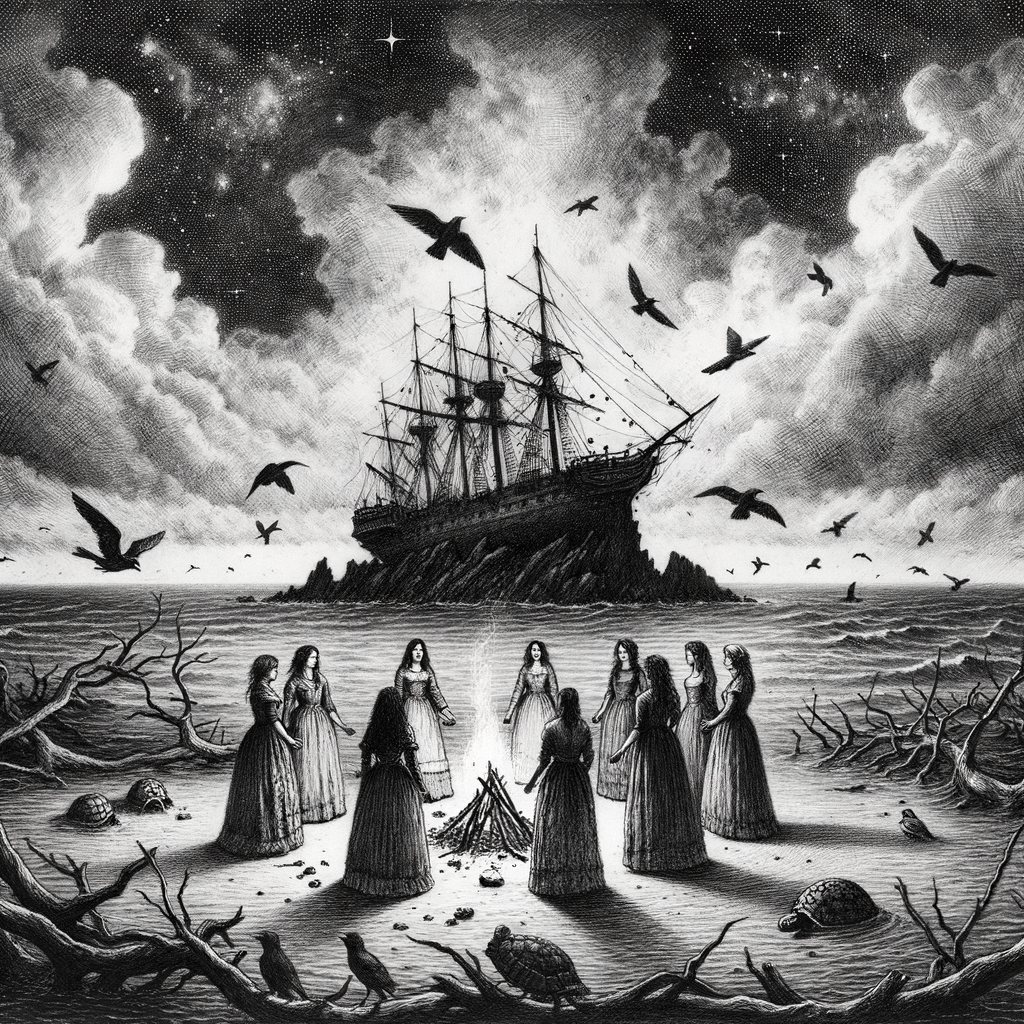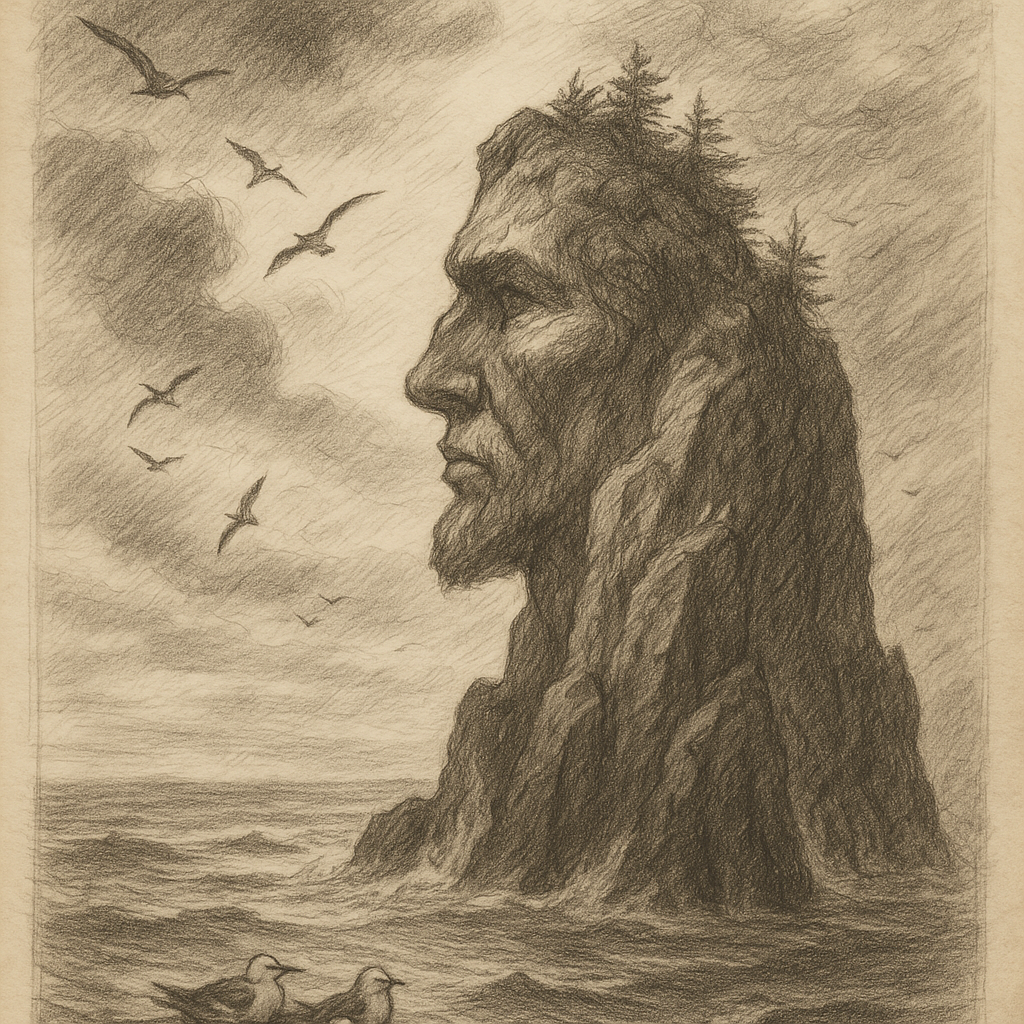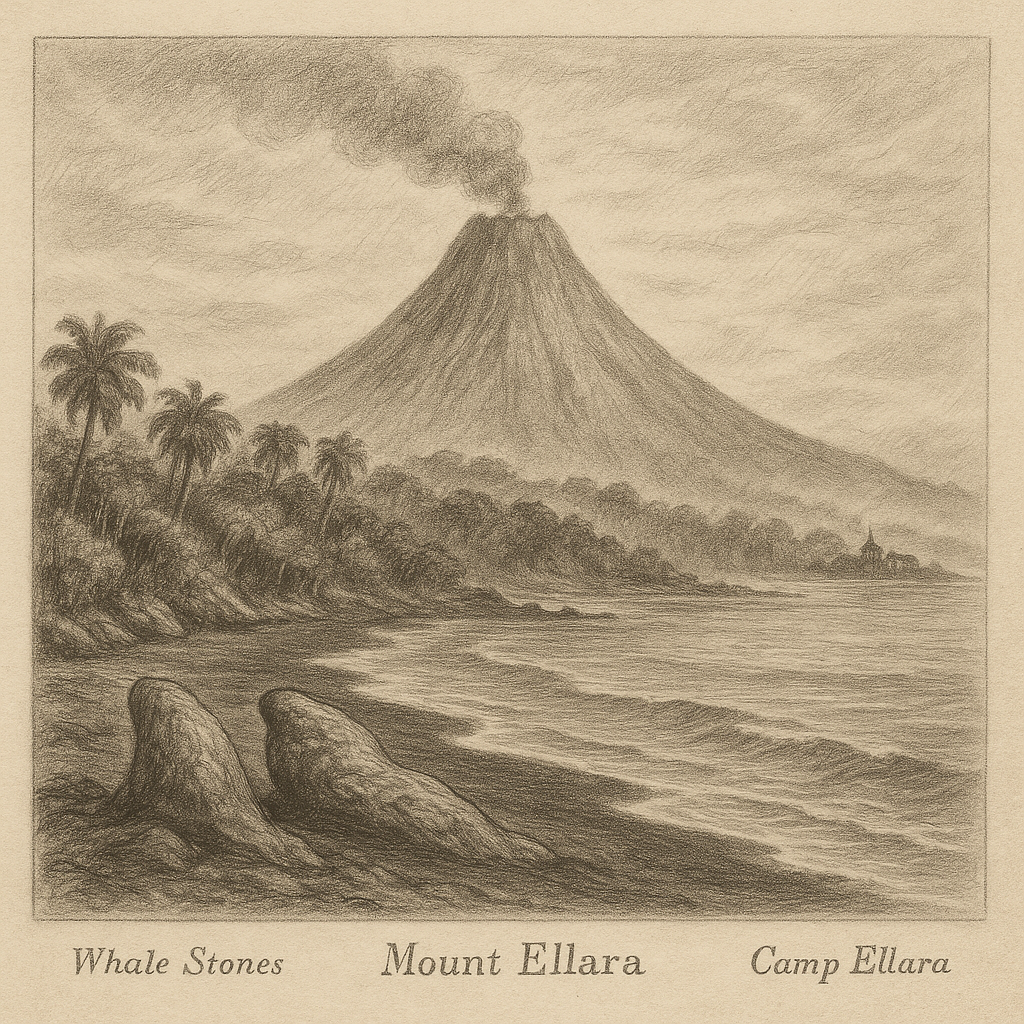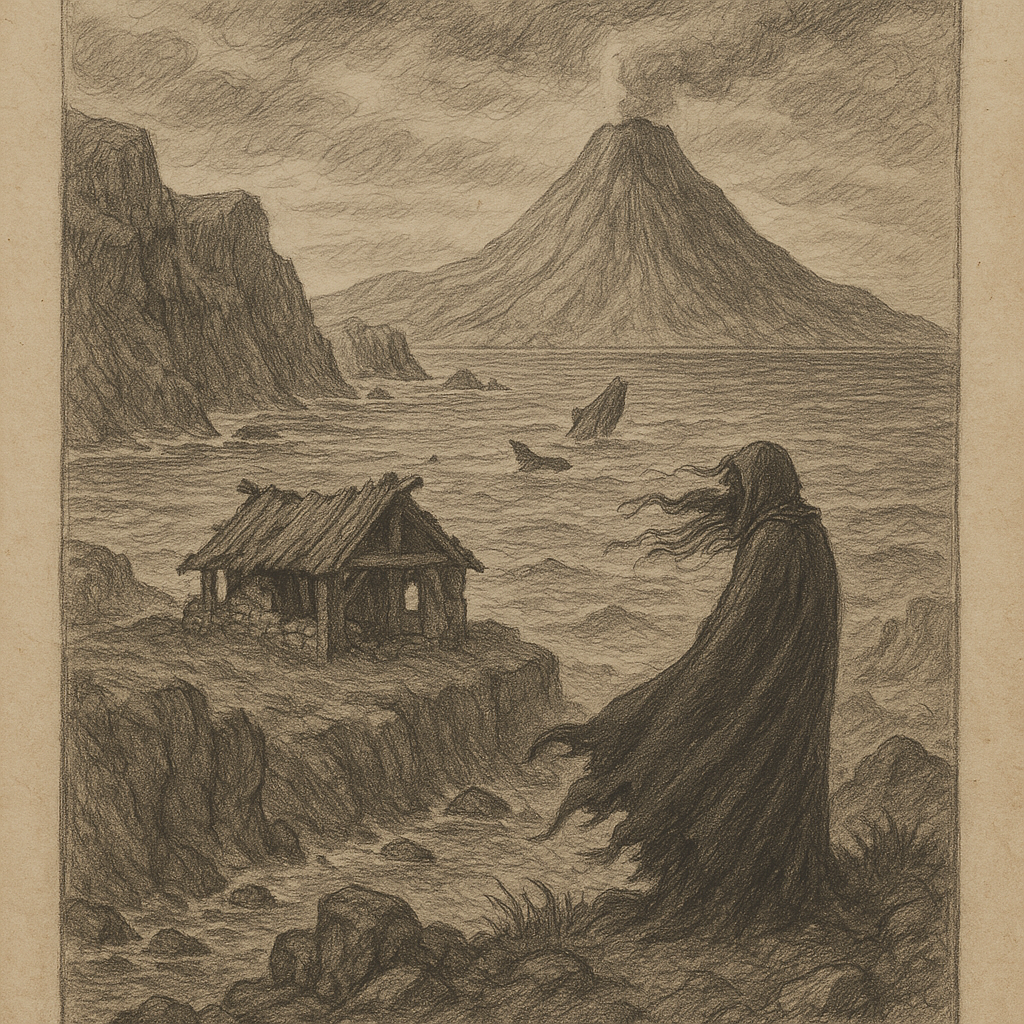Introduction to Tromelin Island
Tromelin Island is a small, remote isle located in the Indian Ocean, roughly 450 kilometers east of Madagascar and around 535 kilometers north of Réunion Island. Officially administered by France, Tromelin is part of the French Southern and Antarctic Lands (Terres Australes et Antarctiques Françaises, or TAAF). Despite its modest size of just 1 km², Tromelin has gained attention not only for its isolation and ecological significance but also for a dramatic episode in maritime history that has given the island a legendary status.
Geographical and Geological Features
Tromelin Island lies on the Mascarene Plateau and is a low, flat island composed mainly of coral sand and rock. It is only about 7 meters high at its highest point, making it vulnerable to sea-level rise and storm surges. There are no rivers or freshwater sources, and the limited vegetation consists primarily of low-growing shrubs and grasses.
Due to its location in the southwestern Indian Ocean, Tromelin is frequently affected by tropical cyclones during the austral summer. Its climate is tropical and humid, with high temperatures and heavy rainfall during the cyclone season.
Ecological Importance
Tromelin Island is classified as an Important Bird Area (IBA) by BirdLife International. It serves as a crucial nesting site for seabirds, including sooty terns (Onychoprion fuscatus) and masked boobies (Sula dactylatra). Moreover, its surrounding waters are important habitats for marine species such as green sea turtles (Chelonia mydas), which come ashore to lay eggs on the island’s sparse beaches.
There are no permanent sources of freshwater and consequently no land mammals, but the island’s isolation has allowed for the preservation of relatively undisturbed natural ecosystems. The French government maintains a strict policy controlling access to the island to protect its delicate environment. Occasional scientific missions and weather station staff constitute the only human presence.
Historical Significance
Despite its unassuming appearance, Tromelin Island holds a poignant place in maritime history due to a tragedy that occurred in the 18th century. In 1761, a French slave ship named the Utile wrecked on the island while en route from Madagascar to Mauritius. On board were French sailors and around 160 enslaved Malagasy people. While the French crew managed to construct a makeshift raft and escape the island, they left behind approximately 60 enslaved individuals with only minimal supplies.
The French sailors promised to return for them—but it took 15 years. When a rescue ship finally arrived in 1776, they found that only seven women and an eight-month-old child had survived. This episode laid bare the harrowing consequences of colonial cruelty and was later recognized as a symbol of endurance and hope. The story of the “Forgotten Slaves of Tromelin” has inspired books, documentaries, and museum exhibits, highlighting both France’s colonial past and the strength of human resilience.
Access and Current Use
Tromelin Island is closed to the general public, and visiting requires special authorization from the French government, usually granted only for scientific research and maintenance of the meteorological station operated by Météo-France. Given its strategic location in the Indian Ocean, the island also holds geopolitical significance, with both France and Mauritius having laid claim to it at different times.
In recent years, Tromelin has become a symbol of cooperative conservation. Joint missions by French and Mauritian scientists have been carried out to study its ecosystem and archaeological remnants from the shipwreck incident. The island remains uninhabited, save for rotating crews maintaining the automated weather station, which plays a critical role in monitoring cyclonic activity in the southwest Indian Ocean.
Interesting Facts about Tromelin Island
– The island has no natural freshwater source; any water used for human needs must be brought in or collected from rainfall.
– Tromelin is named after the Chevalier de Tromelin, the French naval officer who led the 1776 rescue mission.
– It is one of the five scattered islands (Îles Éparses) administered by France in the Indian Ocean.
– Over the years, archaeological teams have uncovered building foundations, tools, and cooking implements left by the enslaved survivors, shedding light on their attempts at long-term survival.
– The island’s meteorological station is essential for regional weather forecasting, particularly in cyclone tracking.
Legends and Myths of Tromelin
Tromelin’s history has given rise to a number of myths and legends, most notably those surrounding the resilience of the enslaved Malagasy people. It is said that the women left behind on the island developed intricate systems of survival, including ways to collect rainwater with gathered leaves and utilize local seabirds for food. Tales speak of nightly bonfires lit in hope of attracting a passing ship, and of lullabies sung to keep hope alive under a sky bereft of mercy.
Among the more speculative legends is that of a hidden treasure—purportedly stashed by pirates who once prowled the Indian Ocean’s waters. While no treasure has ever been found, the story captures the imagination of those fascinated by tales of shipwrecks and survival.
Some local folklore further suggests that Tromelin is haunted by the spirits of those who perished there, their souls forever walking the windswept sands, waiting for redemption or remembrance. Whether truth, fiction, or a blend of both, these stories imbue the island with a mystique that continues to capture the interest of historians, adventurers, and dreamers.
Conclusion
Tromelin Island, though small and practically invisible on most world maps, bears the weight of tremendous history and ecological importance. Its remote shores serve as sanctuaries for marine life and seabirds, while its past serves as a powerful reminder of the human spirit’s resilience in the face of abandonment and adversity.
Today, Tromelin remains largely untouched by industry or development, a fragile ecosystem and historical monument adrift in the Indian Ocean. Though few will ever set foot on its coral sands, Tromelin continues to inspire curiosity, reflection, and a deep respect for the intersection of nature and history.



